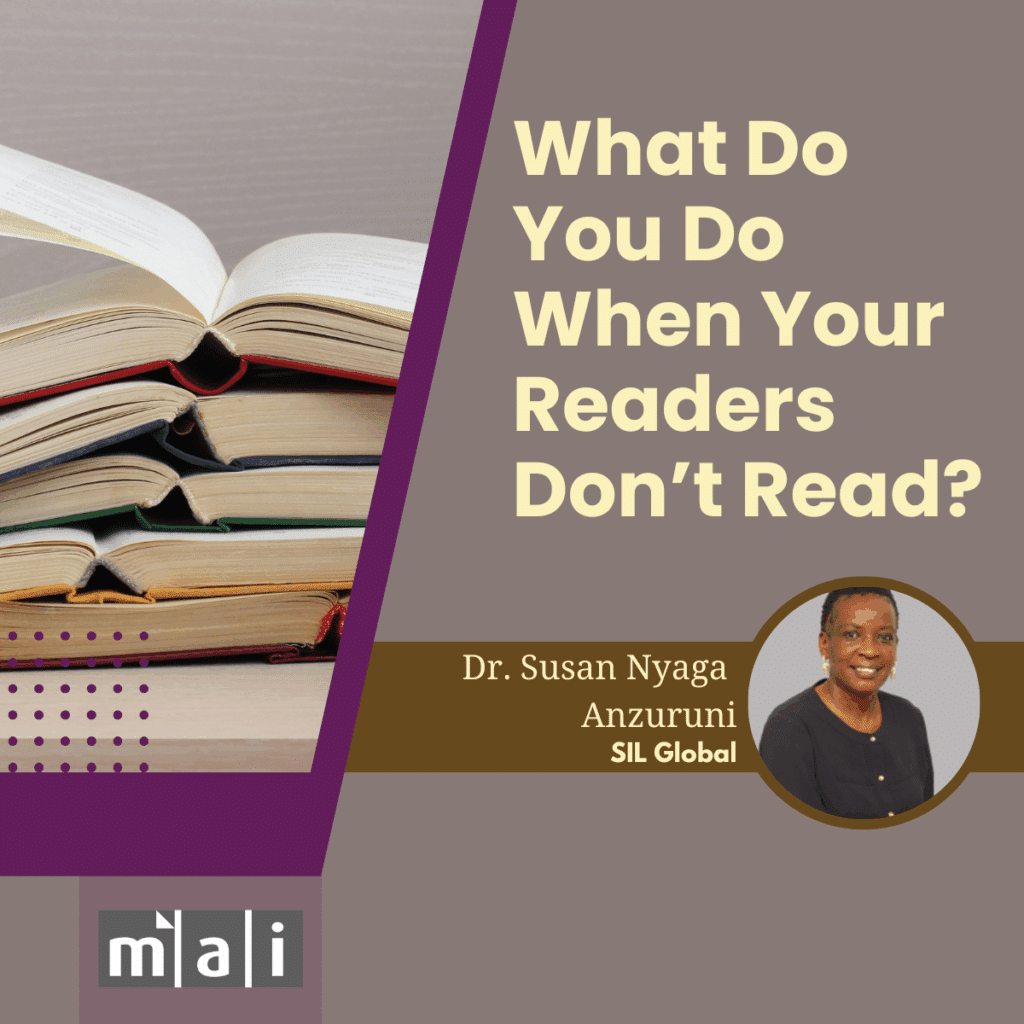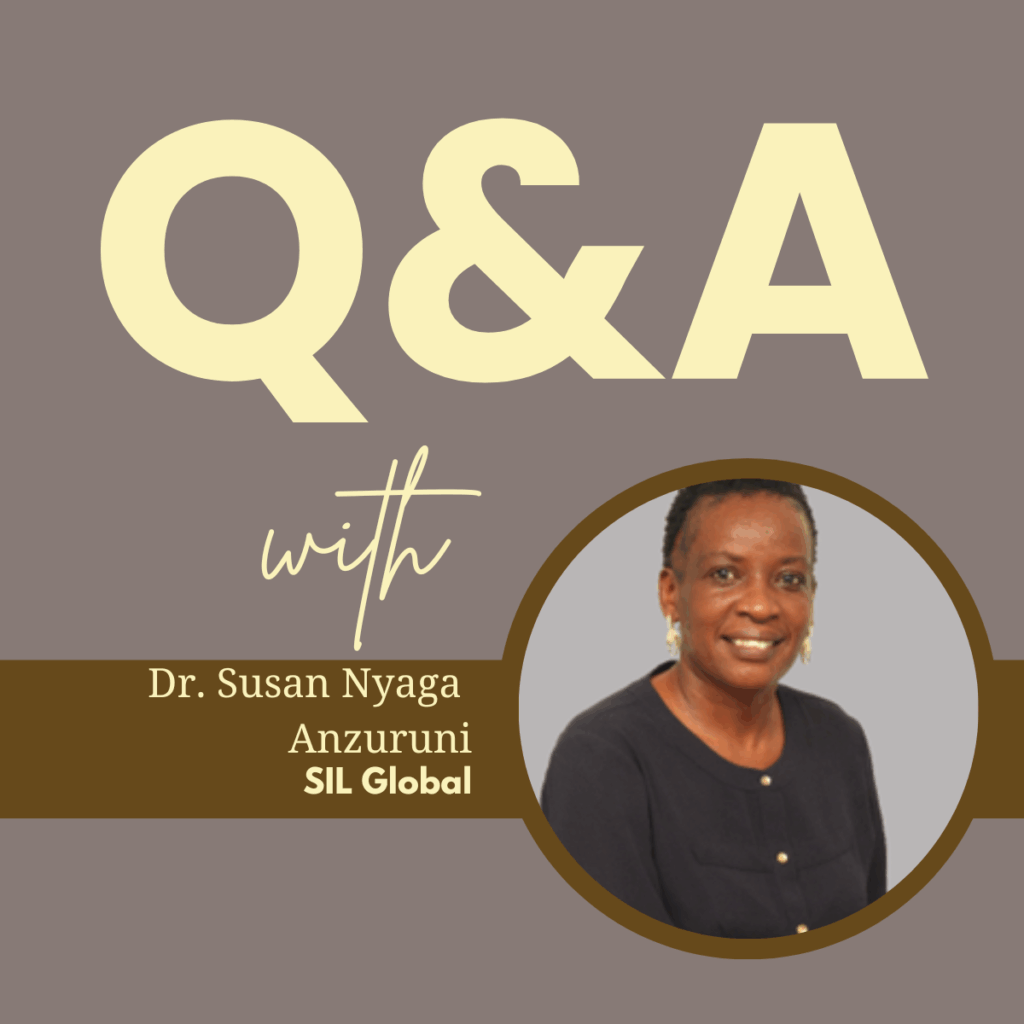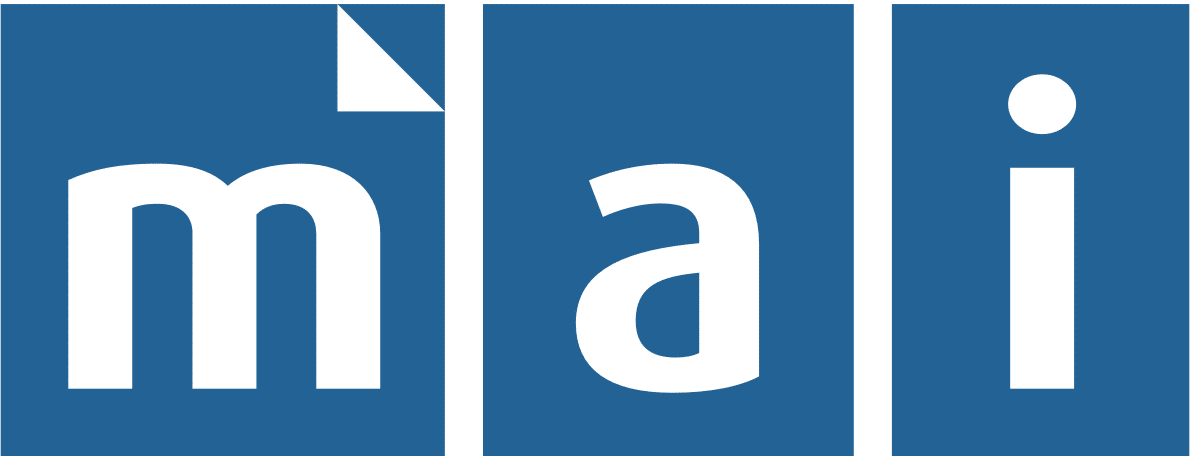From our Resource Library

What do you do when your readers don’t read with Susan Nyaga-Anzuruni
In many parts of the world, reading is not part of the culture. How do you create literature that people will value and read? How do you develop new authors if you have few readers? And what role can publishers play in this?
This is an edited transcript of insights SIL Global’s Dr. Susan Nyaga-Anzuruni shared during her webinar.
Key ideas
- Community based literature development (CBLD) can jumpstart the creation of literature for local communities in a fast-paced way—written by local writers
- So often, we don’t stop to ask the question: what will people read after they have learned how to read and write?
- Market research (actually asking communities what they would like to read) is essential to developing a reading and writing culture
- Publishers can run CBLD programs to open new markets, develop new authors, and more deeply root a reading culture in their community
- As materials created in heart languages are read by communities, in turn, we will see stronger churches and transformed societies
Edited transcript
In many countries, few books are read and little time is spent on reading. This means that even though there are many potential readers around the world, fewer people are ready to read books or any literature.
Many of you are writing, editing, and publishing in these places, and this can be a big challenge for you. How might you foster an environment where reading and writing are championed, valued, respected and encouraged?
Changes in global literacy
According to ourworldindata.org, the global literacy rates for people aged 15 and above in 2023 was at 87.36%. This is a huge increase since 1820 when the global literacy rate was just 12.05%, and so the world has a lot of readers.
Worldpopulationreview.com provides helpful statistics on the average number of books read per person per year per country. As of 2025, the top five countries with the most prolific readers were the United States, India, the United Kingdom, France, and Italy.
Community-Based Literature Development (CBLD)
SIL Global’s Community-Based Literature Development (CBLD) programme is designed to develop readers and writers. CBLD is one way in which your publishing house could:
- Expand its reach into new markets
- Grow new authors and illustrator
- Strengthen the reading culture in your country.
CBLD promotes developing both a reading and writing culture in local communities. It’s a fast-paced literature development program that trains community members to write contextually relevant content using market research, which identifies the genres that interest the community members. It also equips writers with basic skills in story development and book production.
Five steps in the CBLD process
- Market research to identify literature genres that interest the community
- Training for writers
- Writing and illustrating stories
- Editing stories
- Layout/typesetting and publishing stories in different formats
Why market research?
Communities are often offered literature without anyone asking them what they would prefer to read, which may lead to a lack of interest in the materials from community members. CBLD uses focus groups to identify what genres of literature a community prefers. Focus group participants identified by the local leaders comprise different age groups and professions in the community.
Market research from focus groups helps to ensure that the materials produced by the CBLD workshop will be appreciated and read by the community members. Genres play a particularly important role in developing a reading culture, as empowering people to choose what they read is important in helping them curate their reading and thus create a reading culture.
Some of the genres of interest that have been identified in past projects include:
- Folktales
- Practical/how to stories
- Adventure stories
- Fantasy stories
- Moral stories
- Bible stories
Here are some questions you can use as you conduct market research with focus groups in your local community:
- What book(s) have you read in the last 6 months or one year?
- What book(s) have you bought for yourself, child or friend in the last 6 months or one year?
- If you were to get into a place e.g. library, with all sorts of books, what title would you seek to read?
- If you were granted a chance to write a story, what would the title of that story be?
As you analyze the answers you receive, you can identify the top five genres that are of interest to your community.
Topics to cover in training for writers
How to write a good story, covering elements such as:
- Creating a title
- The beginning, middle, and end of a story
- The setting
- The characters
- The plot, and other components
Writing leveled stories—that is, stories tailored for different categories of readers:
- Beginning readers
- Intermediate readers
- Advanced readers
Writing a good description for the stories, including examples of what is and is not a good description.
Once the participants have understood these aspects, you can invite participants to respond to the question: if you are granted a chance to write a story, what would the title of that story be?
Specific instructions are given to writers to write the story with a specific reader in mind.
For example, we encourage them to write to their level and a story that would interest them.
The writers then get to choose the genres for their stories among the top five that had been selected.
On writing and illustrating stories, once the stories are written, the writers read their stories aloud with translations, one at a time, as both the consultants and other participants listen and suggest ways to improve on the stories based on what has been taught regarding writing a good story.
The improved stories are read aloud again to the group, which helps the writer to appreciate the journey to writing a good story, and any further suggestions are made, after which illustrations descriptions are done.
The descriptions take into account the level of the reader for which the story has been written.
Simple illustrations for beginners and increase in detail for the intermediate and advanced readers. All writers who are able to follow the instructions and suggestions to improve on or perfect their stories and illustrations become the CBLD authors for a particular project.
Editing stories
Initial editing of stories is done through peer or group editing, when stories are projected and read aloud and corrected by the group.
After the initial peer or group editing, the final editing is done post-workshop, mostly by an expert in the target language—someone who understands both its written and spoken form.
The editor is given instructions on what to look out for as they edit their stories, including writing conventions, spelling, punctuation, among others.
Training in typesetting and publishing
Among the participants invited to the CBLD workshop are people who already know how to use a computer. They are trained on how to use Bloom software, which they use to typeset the final stories and scan in the final and approved illustrations into the stories. (Bloom is a free publishing software that makes it easy for communities to create books.)
Once the final editing has been completed, the books are either printed or camera-ready PDFs are created for the publisher and/or as e-books in the Bloom library. Books can be published in different formats—such as storybooks with several titles in one book, comic books, big books for shared reading, among others.
Examples of CBLD in practice
Ugwele community in Uganda
This workshop took place over five days. It included time for market research, writer’s training, and book production. We identified five writers, two illustrators, and three editors from the community who produced 30 stories that were compiled into 23 booklets.
After the workshop, children began gathering every weekend for reading clubs with a facilitator who read the books, including some created in the workshop for the children in their language, as they also learned how to read.
Turkana community in northern Kenya
This workshop took over 10 days, including time for market research, writer’s training, and book production. We identified six writers who produced 25 stories compiled into 15 booklets.
After the workshop, the books are now being used by literacy class graduates who formed reading groups and meet together to read the stories on a weekly basis.
The previous examples come from the language communities that SIL and its partners often work with, but the principles of CBLD, that is market research, writer’s training, literature production, and literature distribution can be applied in many environments.
You may be able to adapt this program to work well in your own context, and we would encourage that. We have done a few CBLD programs on our own SIL, but we have also worked in partnership with groups such as World Vision, several Bible societies, and research aid and refugee organizations, as you can see from the table.
The positive is that the program gets literature into the hands of the community and can help build a reading culture, which is a desirable thing for any community.
But we must also acknowledge the downsides, and one is that our partners have been giving away the books and booklets for free, which can potentially lower the perceived value of books.
Another downside is that the local authors and publishers are not well compensated.
However, we are eager to improve this program, and you may be able to help us.
Potential partnerships and future innovations
We’d welcome partnerships with local publishers, which could enable opportunities to cultivate new readers who want to buy books. Writers can own their work and have a partnership with a publisher on rights and profits.
I’d like to invite you all to consider partnering with SIL to implement more CBLDs, as we promote a reading and writing culture in your community or the communities targeted by your publishing house.
Even where partnerships are not possible, I would like to call on you to consider ways you could do similar programs to open new markets, develop new authors, and more deeply root a reading culture in your community.
Together, we can help close the gap between literacy and readership. We can see more life-changing materials created in heart language and local context being read by more people, and in turn, we will witness stronger churches and more transformed societies.

What gets you most excited about this program?
One of the things that really excites me about this program is that for most of these communities that we’ve worked with to produce CBLD materials, they have been print-deprived environments, but through the CBLD, these communities are becoming print-rich because there are materials available for children and adults to read if they want to do so in their languages.
The other thing that excites me about this is that most of the time, people produce materials to teach people how to read and write—but then we don’t stop to ask the question, what will they read after they have learned how to read and write? So, CBLD also provides that opportunity for people to decide what they want to read after they have become literate, things that interest them and materials and topics that interest community members.
Why does reading matter if you’re a Christian? How does it make a difference in your Christian growth?
Reading is very important for spiritual growth. Christians need to be able to read the Bible on their own, access commentaries, and Bible study materials, rather than just waiting for Sunday sermons.
For communities that have scriptures available, is just having the Bible enough, or do they need more materials?
They need more materials. This could include Bible study materials or stories pulled from the Bible and applied to the local context. The CBLD genre of Bible stories helps bring the scriptures to life.
Are you finding it difficult in some regions to find a printer, especially for books with color like children’s materials?
No. The project has been done in various countries in Africa (Nigeria, Uganda, Ghana, Tanzania), and they have not struggled with finding printers for both black and white and color books.
Where in the world would you be willing to partner with a group that is interested in doing CBLD?
Anywhere in the world. They are open to going to partner globally and have people ready to do so.
Has there been any more interest in print versus electronic resources?
More interest in print resources due to the remoteness of some communities. However, materials on Bloom Book can be accessed electronically on smartphones using the Bloom Reader app. Print is the key thing for the types of communities they have worked with so far.
CBLD is a very fast-paced way of developing materials in a local community. We have written stories and ended up with books that we never imagined we could write in two weeks.
So it’s a game-changer in terms of creating a print-rich environment for our communities and to avail materials of all genres that interest a community to them within the shortest possible time.
Can you see children more interested in reading in comparison to grown-ups, and do you think the next generation will produce more readers and writers?
I would say so, yes. I would agree that the next generation will produce more readers and writers because once people are engaged with the CBLD and they realize that they can write, we don’t limit them to the stories that we have written with them.
They know that they can go and continue writing. Through the CBLDs, Bloom Library has grown to a thousand languages online, with books online. So the list is growing and we expect to see more readers and writers.
About Susan
Dr. Susan Nyaga-Anzuruni is Senior Literacy and Education Consultant with SIL Global, and Director for SIL’s Training Institute in Africa. Professional Development Leader in SIL. Her goal is to see every language developed and its speakers use it as a tool for empowerment and flourishing.
About SIL
SIL is a faith-based non-profit that has worked with local communities around the world to develop language solutions that expand possibilities for a better life since 1934. SIL’s core contribution areas are:
- Bible translation
- Literacy
- Education
- Development
- Linguistic research
- Developing language tools
SIL’s work brings together more than 4,200 staff from 84 countries. You can find more information about SIL on their website.
Related resources and links
- Today a Reader, Tomorrow a Leader
– a webinar with Dr. Luis Gatmaitan & Hankuri Tawus Gaya - 12 Top Tips on Writing for Young Readers
– a webinar with Lawrence Darmani, Founding Edito, Step Publishers
